Attorney Taxes: Unique Challenges and Smart Strategies for Legal Professionals
Most professionals file taxes with a straightforward W-2 and maybe a few investment statements. Attorneys, however, often have far more complicated tax returns. The reasons vary — partnership income, contingency fees, side consulting, or even income from expert speaking engagements.
Add to that high earnings that push you into top tax brackets, and it’s no surprise that many lawyers pay more in taxes than most people make in a year. Without careful planning, it’s easy to leave money on the table — or worse, be caught off guard by a huge bill.
1. Tax Complexity Depends on Your Employment Structure
Attorneys can fall into very different tax situations depending on how they’re paid:
W-2 Employees (Associates and Staff Attorneys)
Taxes are withheld automatically, but high-income attorneys may still face underpayment penalties if they don’t adjust their withholdings for bonuses or outside income.Partners (Equity or Non-Equity)
Partners often receive a Schedule K-1 instead of a W-2. This changes the game: you may be taxed as self-employed, responsible for quarterly estimated taxes, and subject to self-employment tax on your share of firm profits.Solo Practitioners
Running your own practice brings full control — and full responsibility — for taxes, retirement plan administration, and deductible business expenses.
2. Irregular Income Means Irregular Tax Obligations
Many attorneys don’t have evenly spaced income streams. Contingency fee lawyers, deal-based transactional attorneys, and partners tied to profit distributions often experience lumpy income.
Tax implication: The IRS still expects quarterly estimated tax payments based on your annual earnings, even if your income arrives in bursts. If you don’t adjust estimates after a big payday, penalties can add up quickly.
3. High Income, High Marginal Rates
Attorneys often find themselves in the top federal tax brackets — and sometimes in states with aggressive income taxes. This amplifies the impact of:
Phase-outs: Certain deductions and credits shrink or disappear at high incomes.
Net Investment Income Tax (NIIT): An extra 3.8% on certain investment income for high earners.
Alternative Minimum Tax (AMT): Less common now than in past years, but still a risk if you have large deductions or exercise stock options.
4. Deduction Opportunities Attorneys Sometimes Miss
Even without giving personal tax advice, there are some common areas attorneys overlook:
Professional Expenses (for those not fully reimbursed by the firm) — CLE courses, bar dues, legal research subscriptions.
Home Office Deduction (if self-employed) — Available if you have a dedicated work area and meet the IRS criteria.
Retirement Plan Contributions — Especially for partners and solo attorneys, where SEP IRAs, Solo 401(k)s, or defined benefit plans can dramatically lower taxable income.
Charitable Contributions — Strategic gifting, including donating appreciated securities, can maximize deductions while supporting causes you care about.
5. The Self-Employment Tax Surprise
Partners and solos often underestimate the bite of self-employment tax, which covers both the employee and employer portions of Social Security and Medicare. This is on top of your income tax — making it essential to set aside funds as income arrives.
6. State and Local Tax Nuances
Attorneys practicing in multiple jurisdictions may face multi-state tax filings, especially if they work on cases or deals involving clients from different states. Some states offer credits for taxes paid elsewhere; others do not.
If you live in one state but work in another — common for attorneys in metro areas like NYC, DC, or Chicago — the interplay of state tax rules can be surprisingly complex.
7. Planning Ahead to Avoid the April Shock
The worst tax season experience for attorneys is the “April surprise” — learning you owe tens (or hundreds) of thousands you haven’t set aside. The fix:
Quarterly Estimates: Pay them, even if your income is unpredictable — adjust after windfalls.
Separate Tax Account: Transfer 30–40% of each payment into a dedicated tax savings account.
Professional Help: A CPA who understands law firm compensation structures is invaluable.
Case Study: The K-1 Wake-Up Call
A newly minted partner receives a $350,000 K-1 — but because the firm made no withholdings, the IRS expects nearly $140,000 in taxes. Without a plan, that bill can be devastating. By working with a tax professional early in the year, the partner could have made quarterly payments, reduced penalties, and potentially lowered taxable income through retirement contributions.
Final Thoughts
Attorneys operate in one of the most complex intersections of income, expenses, and tax rules. Whether you’re an associate with a growing bonus structure, a partner managing irregular draws, or a solo practitioner balancing business and personal obligations, proactive tax planning isn’t optional — it’s essential.
The more you understand your unique tax profile, the better you can control your cash flow, reduce surprises, and keep more of your hard-earned income.
